Blowing coat in winter is a natural process for huskies. Regular grooming and a balanced diet can help manage shedding.
| Name of the Quick Fact | Data Itself |
|---|---|
| Definition | Blowing coat refers to the period when a dog sheds its old coat to make room for a new one. |
| Frequency | Seasonal; occurs 1-2 times per year, typically in spring and fall, but can seem continuous in winter for some breeds. |
| Duration | Can last from a few weeks to over a month. |
| Most Affected Breeds | Double-coated breeds such as Huskies, Malamutes, and Collies. |
| Shedding Amount | Varies by breed; double-coated dogs might shed a large portion of their undercoat. |
| Grooming Requirement | Increased; may require daily brushing to help manage the shedding. |
| Seasonal Shedding | Despite the term winter, the heaviest shedding often occurs during the transition to warmer seasons. |
| Indoor Living Impact | Pet owners may notice more hair around the home and may need to vacuum more frequently. |
A balanced diet plays a crucial role in maintaining the coat health of huskies, especially during the blowing coat in winter. Omega fatty acids are essential for promoting healthy skin and a shiny coat, and their inclusion in the husky’s diet can potentially help in reducing excessive shedding.
Omega-3 and omega-6 fatty acids are known for their anti-inflammatory properties, which can benefit huskies by reducing skin irritation and promoting overall skin health.
These fatty acids also play a vital role in maintaining the integrity of the skin barrier, which is essential for protecting against environmental factors that can contribute to shedding.
Blowing coat in winter
Incorporating high-quality sources of omega fatty acids such as fish oil, flaxseed, and certain types of nuts into the husky’s diet can help in providing the necessary nutrients to support a healthy coat. Additionally, food rich in protein and vitamins, such as those found in high-quality dog food, can further contribute to the overall health of the husky’s skin and coat.
- Include omega fatty acids in the husky’s diet for healthy skin and coat.
- Choose high-quality sources such as fish oil, flaxseed, and nuts.
- Ensure the diet is rich in protein and essential vitamins for optimal coat health.
.
To delve deeper into the importance of diet and health for your furry companions, discover our comprehensive guide on ideal weights and dietary considerations for one of the breeds that benefit greatly from omega fatty acids, the Siberian Husky. Explore the essentials of maintaining a proper weight for a lustrous coat and overall wellness by visiting Siberian Husky Weight Guidelines.

Grooming Tools You'll Need
When it comes to grooming your husky during the blowing coat in winter, you’ll need a few essential tools to effectively manage the shedding process. The undercoat rake is a key tool that helps to remove the loose undercoat hair, preventing matting and tangling.
Additionally, a slicker brush is essential for removing the loose topcoat and for gently detangling any stubborn knots or mats.
Blowing coat in winter
Another indispensable grooming tool for huskies during the blowing coat season is the de-shedding tool. This specialized tool is designed to remove loose fur from the undercoat without causing any damage to the skin or topcoat.
It effectively reduces shedding and helps to keep your husky’s coat healthy and well-maintained.
As you gather your grooming toolkit for your Husky's shedding season, remember that managing the loose fur inside your home is just as important. Discover our comprehensive guide on choosing an effective vacuum to tackle Husky hair with the article "The Best Vacuum for Husky Hair in 2022."
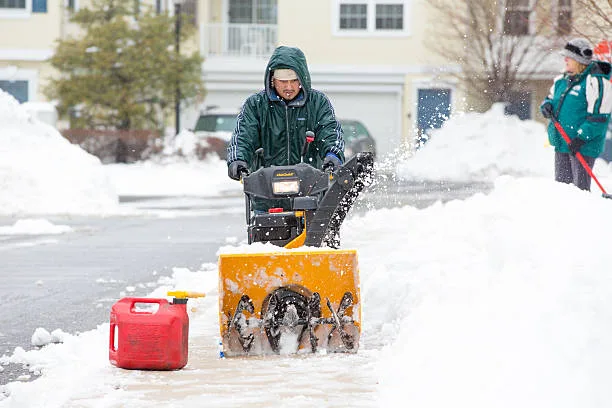
Frequency of Grooming
During the winter months, it’s important to adjust the grooming frequency of your Husky to accommodate the blowing coat. Ideally, you should aim to brush your Husky at least 2-3 times a week.
This regular grooming routine helps in effectively removing the dead fur without causing irritation to the skin, keeping your Husky comfortable during the blowing coat phase.
Consistent grooming sessions spread throughout the week allow you to stay on top of the shedding, preventing the fur from accumulating and matting. By removing loose fur regularly, you can also minimize the amount of hair that finds its way onto your furniture and clothing, making the shedding more manageable for both you and your Husky.
Blowing coat in winter
However, it’s essential to monitor your Husky’s individual shedding patterns.
If you notice an increase in shedding, you may need to increase the frequency of grooming to maintain a healthy coat and minimize the accumulation of loose fur in your home.
To delve deeper into the care of your Husky, explore the comprehensive guide on their dietary endurance. Uncover further insights at How Long Can Huskies Go Without Food.
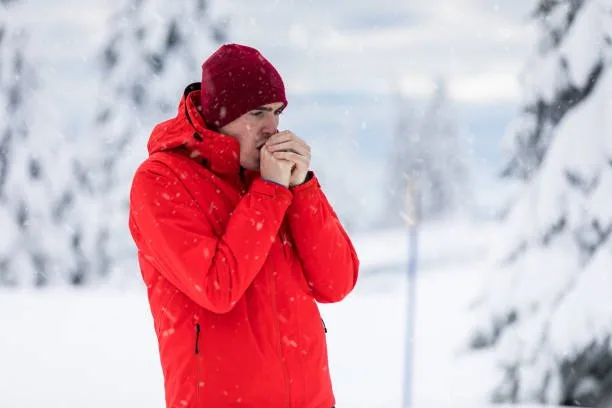
The Brushing Technique
Brushing a Husky’s coat during the blowing coat in winter is crucial to prevent matting and remove loose fur. Here’s a step-by-step guide on how to effectively brush your Husky:
- Use the Right Tools: Start by using an undercoat rake to remove loose fur from the thick undercoat.
Follow up with a slicker brush to tackle any remaining tangles and mats.
- Brush in Sections: Divide your Husky’s coat into sections and brush systematically, ensuring that you cover the entire body, including the chest, back, legs, and tail.
- Gentle Strokes: Use gentle but firm strokes while brushing to effectively remove loose fur without causing discomfort to your Husky.
- Focus on Problem Areas: Pay extra attention to areas prone to matting, such as behind the ears, the chest, and the ruff.
- Inspect the Skin: While brushing, keep an eye out for any signs of skin irritation, redness, or unusual lumps that may require veterinary attention.
- Regular Schedule: Brush your Husky’s coat at least a few times a week to maintain its health and cleanliness during the blowing coat season.
Following this brushing technique will help keep your Husky’s coat in top condition, prevent matting, and reduce shedding around your home.
After mastering the brushing techniques for your Husky, ensure your furry companion's comfort with the ideal crate. Discover the top-rated crates for Siberian Huskies by exploring our detailed guide on selecting the perfect habitat for your husky in 2022.
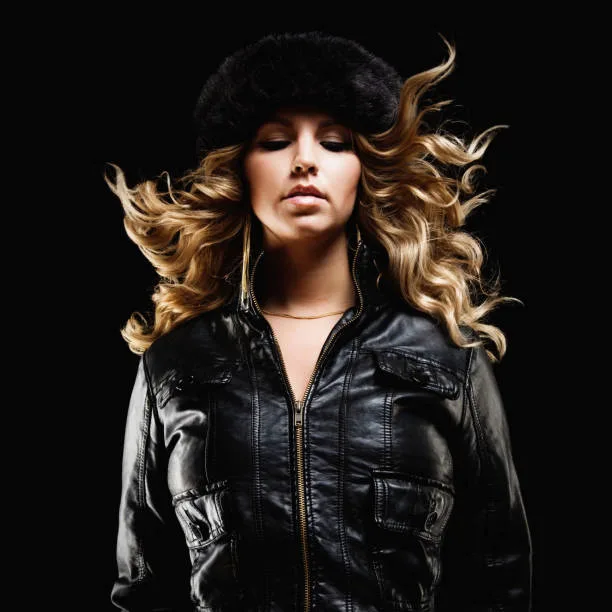
What to Avoid During Grooming
When grooming a Husky, it’s essential to avoid certain common mistakes that can adversely impact their coat health. Over-bathing is a prime concern, as excessive bathing can strip the natural oils from the skin, leading to dryness and irritation.
Additionally, using the wrong kind of brush can be damaging, especially during the blowing coat in winter. Instead of a standard brush, opt for an undercoat rake, slicker brush, or de-shedding tool specifically designed for Huskies to effectively remove loose fur without causing any harm to the coat.
To ensure your Husky's overall well-being extends beyond just coat care, it's essential to also focus on their diet during their early stages. Dive deeper into the specifics by reading our guide on proper nutrition for Siberian Husky puppies.

Bathing Your Husky
During the winter months, bathing your husky requires special considerations due to the blowing coat in winter that leads to increased shedding. To properly bathe your husky during this time, it’s important to use lukewarm water to avoid shocking their system and to prevent their skin from drying out excessively.
Use a gentle dog shampoo that is formulated to moisturize the skin and coat, and avoid over-bathing, as it can strip the natural oils from the skin, exacerbating dryness and potential irritation. Remember to thoroughly rinse your husky to remove all traces of shampoo, as any residue left behind could cause skin issues. After the bath, gently towel-dry your husky to remove excess water, and avoid using a hairdryer as it can further dry out their skin.
Additionally, it’s essential to keep your husky indoors until they are completely dry to prevent them from getting cold in the winter weather. In summary, properly bathing your husky during the winter months involves using lukewarm water, a moisturizing dog shampoo, thorough rinsing, gentle towel-drying, and ensuring they are completely dry before allowing them outdoors. This approach helps to maintain their coat health and minimize the impact of blowing coat in winter..
Once your husky is fresh and clean, understanding their nutritional needs is just as crucial for their wellbeing, especially during the colder months. Discover the critical role of zinc in your dog's diet and how to prevent deficiencies by exploring our detailed guide on Husky Zinc Deficiency In Dogs.

Dry Skin and Shedding
During the blowing coat in winter, huskies are more prone to dry skin, which can result in increased shedding. The harsh winter weather can strip the skin of its natural oils, leading to dryness and irritation.
To combat this, it’s essential to keep the husky’s skin moisturized during the dry winter months.
One way to prevent dry skin is by ensuring that the husky is hydrated. Providing ample fresh water and incorporating moisture-rich foods into their diet can help maintain their skin’s hydration levels from within.
Additionally, supplementing their diet with omega fatty acids can further promote healthy skin and reduce the likelihood of shedding due to dryness.
Regular grooming also plays a crucial role in preserving the husky’s skin health. It is important to use grooming products specifically formulated for huskies that help to moisturize and protect the skin.
Bathing should be kept to a minimum during the blowing coat period, and when bathing is necessary, using a gentle, moisturizing shampoo is recommended to prevent further drying of the skin.
To ensure your Husky's skin remains healthy, explore our comprehensive guide that sheds light on tackling unwanted odors and contains practical strategies for year-round coat maintenance. Delve into our detailed article, "Uncovering the Secrets to Your Husky's Fresh Scent: Essential Care Tips," for insights and advice.
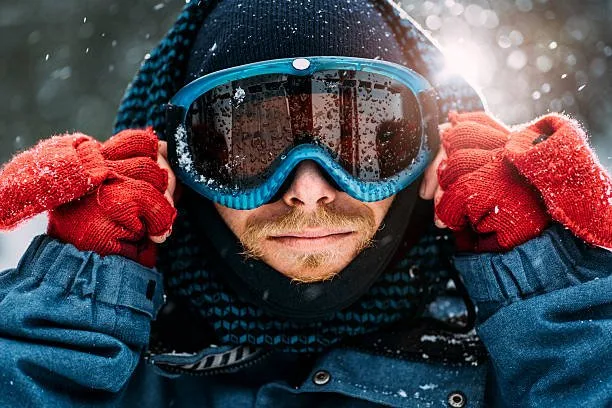
Dealing with Hair Around the House
During the blowing coat in winter, managing the copious amount of husky hair shed around the house becomes a priority. To effectively deal with this challenge, start by investing in a quality vacuum cleaner designed to handle pet hair.
Consider using a lint roller or a pet hair remover brush on furniture and clothing to swiftly pick up loose hairs. Additionally, placing washable slipcovers on sofas and frequently washing your dog’s bedding can help minimize the hair spread.
Regularly grooming your husky outside can also reduce the amount of loose fur inside the house. Lastly, strategically placing mats or rugs in high-traffic areas can trap loose hairs and make cleaning easier.
On Quora about: Blowing coat in winter
Remember to clean ventilation filters and regularly dust and vacuum beneath furniture and in corners to prevent hair buildup.
By implementing these strategies, you can effectively manage husky hair around the house during the blowing coat period.
To ensure your home remains fur-free, even during the heaviest shedding seasons, consider these actionable strategies for managing husky hair. For relevant insights on raising your husky mix, learn about effective training methods for German Shepherd Husky puppies at Effective Puppy Training Techniques.
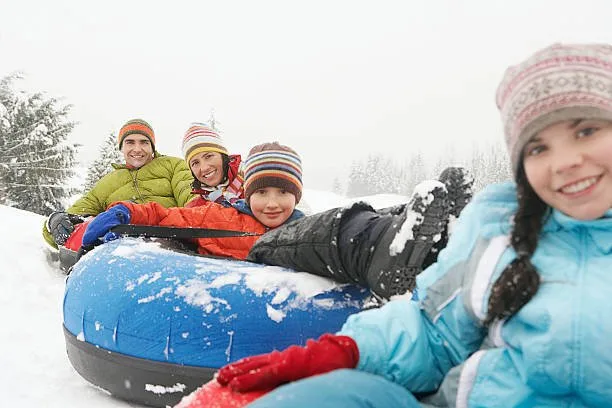
Professional Grooming Services
During the blowing coat in winter, professional grooming services may become necessary for Husky owners to manage the heavy shedding effectively. Professional groomers have the expertise and specialized tools to handle the dense undercoat shedding of Huskies, ensuring thorough removal without causing skin irritation.
Additionally, groomers can offer specialized treatments such as de-shedding baths and undercoat maintenance, which can help alleviate the impact of shedding on the dog’s coat and skin.
American Kennel Club: Blowing coat in winter
It is advisable to consider professional grooming services when the Husky’s shedding becomes overwhelming, causing excessive hair around the house and potential discomfort for the dog. Groomers can also provide valuable guidance on at-home grooming techniques and recommend specific tools to manage shedding between professional grooming sessions, ultimately contributing to the Husky’s overall coat health during the intense shedding period.
To delve deeper into understanding the unique needs and characteristics of your Husky, consider exploring further resources. Discover the comprehensive insights in our detailed article, The Essence of Husky: Beyond the Fluff.

Comforting Your Husky Through the Process
During the blowing coat in winter, grooming sessions can be quite intensive for your Husky. One way to make the process more bearable for your pet is by creating a calm and soothing environment.
Play some soft music in the background to help relax your Husky and keep the grooming area quiet to minimize distractions.
Another method to comfort your Husky during grooming is to offer treats and positive reinforcement. Rewarding your dog with small treats or words of encouragement can help them associate grooming with positive experiences, making the process less stressful for them.
Additionally, it’s essential to approach grooming sessions with patience and gentleness.
Huskies can be sensitive to rough handling, so use gentle strokes when brushing and detangling their coat. If your Husky starts to show signs of stress, such as panting or pacing, take a break and provide reassurance before continuing.
For further insights on minimizing your Husky's stress, explore our detailed article that dives into the typical signs of anxiety in these canines. Familiarize yourself with the Top 5 Husky Anxiety Symptoms to ensure your pet's well-being during grooming and beyond.
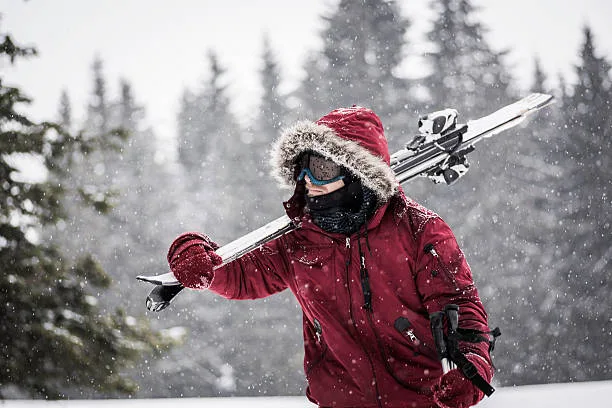
Clothing and Blankets During Winter
Huskies are naturally equipped to handle cold weather due to their double coat, which provides insulation against harsh elements. Therefore, it is generally unnecessary to dress them in additional clothing during the winter months.
The thick undercoat and longer guard hairs act as a natural barrier, keeping them warm in low temperatures. However, some Huskies, especially those with certain health conditions or older dogs, may benefit from a doggy coat or sweater during particularly chilly outings.
It’s important to choose a garment that covers the neck and reaches the base of the tail to provide adequate warmth. When it comes to using blankets indoors, Huskies may appreciate a cozy blanket to snuggle on during nap times or in their resting area.
The blanket can offer comfort and a sense of security, especially during the blowing coat period when they are shedding more than usual. Proper ventilation is essential as well to prevent overheating, and the blankets should be washed regularly to prevent any skin issues.
To deepen your understanding of how a Husky's coat adapts to various climates, consider exploring the stages of their fur development. Gain a comprehensive insight into their coat changes by reading our detailed article on the shedding of a Husky's puppy coat.
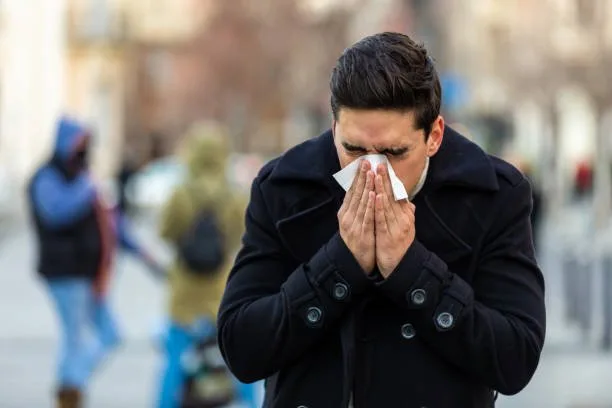
Indoor Temperature and Coat Health
Indoor temperature plays a vital role in maintaining a Husky’s coat health, especially during the blowing coat in winter. Fluctuating indoor temperatures can disrupt the natural shedding process and even lead to skin issues.
It’s essential to keep the indoor temperature consistent and within a comfortable range for your Husky.
- Consistent indoor temperature helps regulate the Husky’s natural shedding patterns, ensuring that they transition smoothly through the blowing coat phase.
- Extreme temperature variations can stress your Husky’s skin and coat, potentially leading to excessive shedding or dry, flaky skin.
- During winter, it’s crucial to provide a warm and draft-free environment to support your Husky’s coat health and minimize the impact of the blowing coat phase.
Maintaining a comfortable indoor temperature not only contributes to a healthy coat but also promotes overall well-being for your Husky, helping them cope better with the seasonal shedding process.
Maintaining a well-regulated indoor environment for your Husky not only ensures their comfort but plays a critical role in reducing excessive shedding and promoting a resilient, healthy coat. Discover more expert insights and comprehensive care tips in our featured article, "Dogs in News." Canine Chronicles.
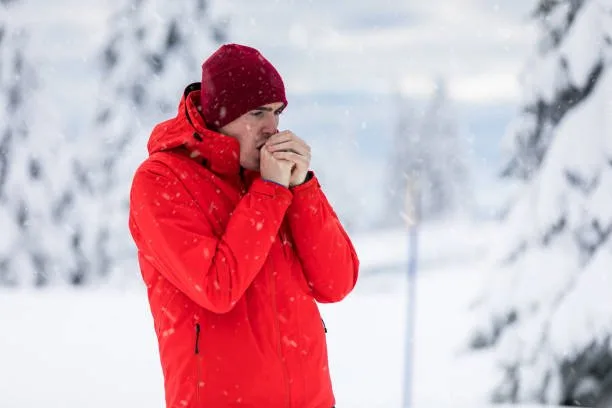
Monitoring for Skin Conditions
During the blowing coat in winter, it’s crucial to monitor your Husky for any potential skin conditions that could arise. The heavy shedding period might exacerbate existing skin issues or lead to new ones, so it’s essential to keep a close eye on your dog’s skin health.
Look out for any signs of irritation, redness, or excessive dryness, especially in areas with dense undercoat. Regularly inspect for any abnormal lumps, bumps, or rashes.
If you notice any concerning skin conditions, it’s best to seek prompt veterinary attention to address the issue effectively and ensure your Husky’s overall well-being.
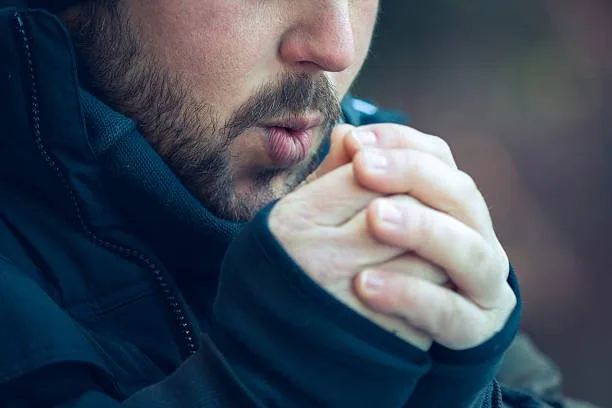
Optimizing Double Coat Grooming Techniques
Optimizing double coat grooming techniques for Huskies and Malamutes is essential for managing their shedding, especially during the winter blowing coat period. These breeds have a soft, dense undercoat and a longer, coarser topcoat, requiring specialized care to maintain coat health.
Understanding their unique coat needs is crucial, as the undercoat sheds in clumps during seasonal changes, leading to increased shedding in colder months.
A thorough grooming regimen during this time can help reduce excessive fur around the home.
Special attention should be given to the undercoat, and using an undercoat rake or deshedding tool is vital to remove loose fur effectively. This ensures that the undercoat does not become matted and allows for proper air circulation close to the skin, contributing to overall skin health.
Additionally, it’s important to address the topcoat to maintain the breed’s characteristic appearance.
Regular brushing, using a slicker brush, helps distribute natural oils and prevents the topcoat from becoming tangled or matted.
By implementing these advanced grooming techniques specific to double-coated breeds during the heavy shedding period of winter, owners can effectively manage shedding and promote the health of their Huskies and Malamutes’ coats.
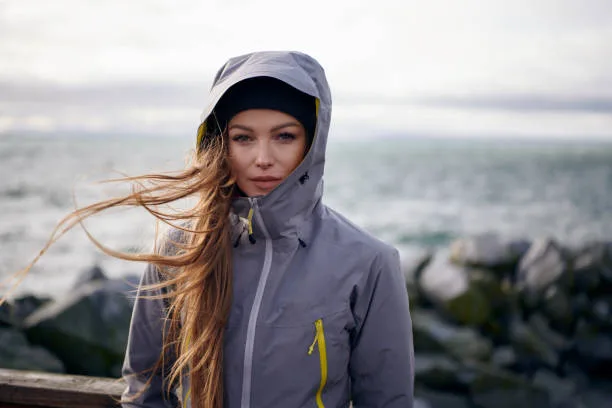
Impact of Seasonal Changes on Husky Shedding Patterns
Huskies have a unique seasonal shedding pattern that is influenced by external temperature changes, particularly during the winter months. The blowing coat in winter is a natural response to the cold weather, causing these dogs to shed their undercoat more heavily.
This shedding process is essential for regulating their body temperature and adapting to the seasonal changes.
To effectively manage the shedding and maintain the Husky’s coat health during these cycles, it’s important to implement specific grooming techniques and adjust their care routine accordingly. Understanding the impact of seasonal changes on Husky shedding patterns is crucial for providing the appropriate support and care to help them through this essential natural process.
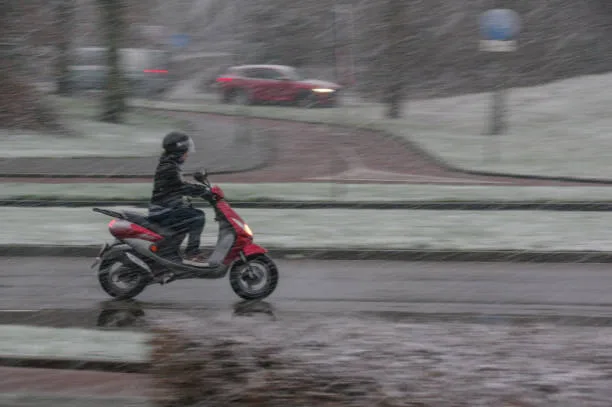
Selecting the Right Deshedding Tools for Arctic Breed Maintenance
When it comes to maintaining the coat of your Husky during the blowing coat in winter, it’s essential to select the right deshedding tools. One popular option is the Furminator, specially designed for arctic breeds like Huskies, to effectively manage the shedding season.
The Furminator boasts a unique deshedding edge that efficiently removes loose hair from the undercoat without causing any harm to the Husky’s skin or the undercoat itself.
When using the Furminator, it’s important to brush gently in the direction of hair growth, with extra care around sensitive areas like the belly and legs to prevent any discomfort for your dog.
Remember to use the Furminator in moderation to avoid over-grooming, which can lead to skin irritation. A gentle, consistent approach will yield the best results in maintaining your Husky’s splendid coat during the challenging blowing coat season.

Brushing Strategies and Techniques for Husky Skin and Coat Care
Brushing your Husky’s coat during the blowing coat in winter requires specific techniques to manage shedding and maintain skin health. Firstly, it’s essential to invest in proper grooming tools like an undercoat rake, slicker brush, and de-shedding tool to effectively remove loose fur from the dense double coat.
Begin by gently brushing the outer layer of fur with the slicker brush, being cautious not to irritate the skin.
- Next, use an undercoat rake to delve into the thick undercoat, carefully removing dead hair without causing any discomfort to your Husky.
- During the winter months, it’s vital to avoid over-brushing, as it can strip the coat of essential oils and lead to dry, itchy skin. Instead, aim for a gentle but thorough grooming session once or twice a week.
Consider incorporating a conditioning spray or a small amount of coconut oil into your grooming routine to moisturize the skin and minimize shedding.
Additionally, paying attention to your Husky’s body language during brushing can help you gauge their comfort level and make the process more enjoyable for them.
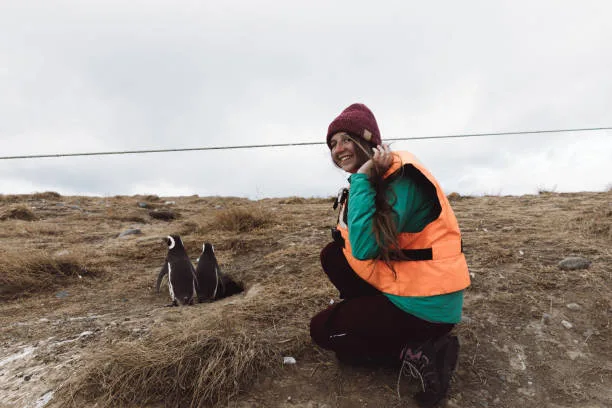
Enhancing Winter Coat Care to Reduce Heavy Shedding
During the blowing coat in winter, maintaining a well-groomed coat is crucial for reducing heavy shedding in Huskies. A healthy coat not only minimizes shedding but also plays a vital role in promoting overall skin health for these arctic breeds.
To support optimal winter fur maintenance, incorporating daily brushing sessions using appropriate grooming tools is essential.
Regular brushing not only helps to remove loose fur but also stimulates natural oil production, keeping the skin moisturized and reducing the likelihood of excessive shedding.
In addition to daily brushing, ensuring that a Husky’s diet is rich in omega fatty acids can also contribute to coat health. These nutrients support skin moisture and improve the overall condition of the coat, potentially decreasing shedding during the winter months.
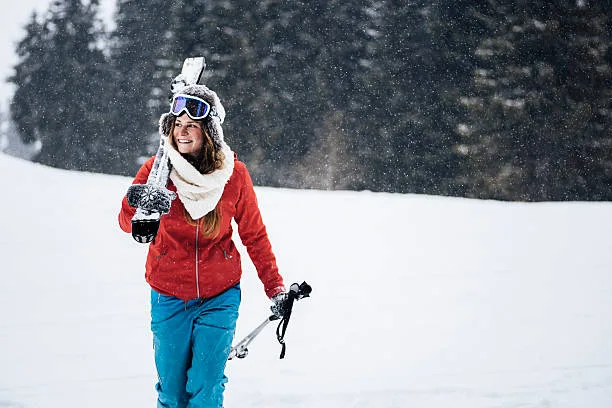
Conclusion: Maintaining Your Husky's Splendid Coat
Maintaining your husky’s splendid coat during the blowing coat in winter season requires regular grooming, proper nutrition, and attentive care. Regular grooming is essential to manage the shedding of the undercoat.
Using grooming tools such as an undercoat rake, slicker brush, and de-shedding tool can help in effectively removing loose fur and preventing matting. Additionally, a balanced diet rich in omega fatty acids is crucial for supporting healthy skin and coat, which can potentially reduce excessive shedding.
Providing attentive care involves monitoring for any skin conditions that may arise during the blowing coat period and necessitate a vet visit, while also ensuring that your husky remains comfortable and stress-free during grooming sessions. Proper nutrition, regular grooming, and attentive care are vital for maintaining your husky’s splendid coat during the blowing coat in winter season..

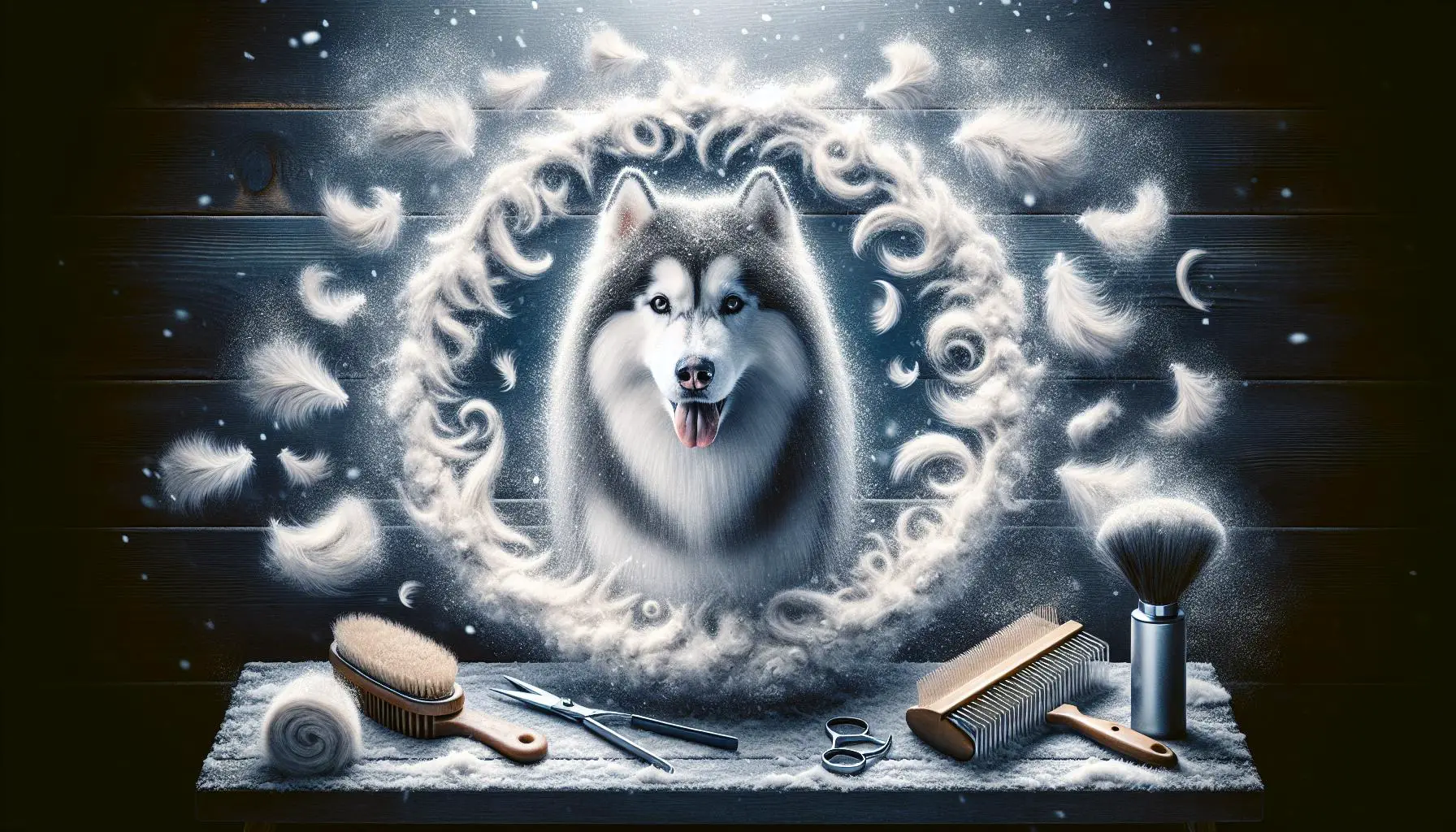
Leave a Reply